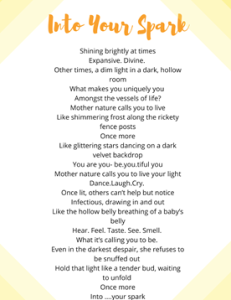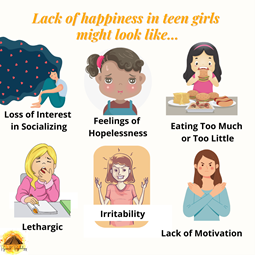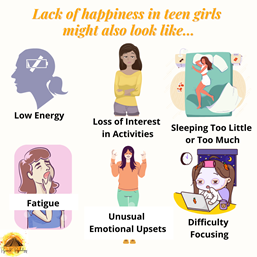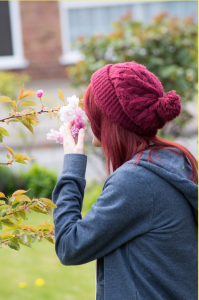Why Trying to be a Perfect Parent Isn’t Serving You
What do the words ‘Perfect Parent’ mean to you?
Many parents who come to us have experienced perfectionist thinking traps. Recognizing that you are in a ‘perfect parent’ trap of thoughts is the first step to empowering yourself as a parent.
Here are the three most common perfectionism thinking traps that parents have shared with our team at Pyramid Psychology:

Photo by Canva
Perfect Parent Thinking Trap #1:
As a parent, you likely have an ideal in your mind of how parenting is supposed to look. Oftentimes, the vision you have includes very hard to reach (AKA unrealistic) standards for yourself.
The ‘perfect parent’ ideal is usually a combination of messages you’ve heard consciously or unconsciously from many possible sources. Here are some common sources of parenting messages:
- The beliefs and values your parents had when you were growing up.
- Watching your friends become parents.
- Online or in-person parent groups, clubs, etc.
- Social media.
A lot of the messages you have heard, and place on yourself, are putting a lot of pressure on you and aren’t serving you or your family.
This is a reminder to take a look at the parenting message you withhold for yourself: is it empowering to you? Or is it chipping away at yourself? If you’d like to dive into this concept more, Colleen O’Grady wrote a powerful book – Dial Down the Drama – that talks about powerless versus powerful parenting messages. You can read the synopsis HERE.

Photo by Canva
Perfect Parent Thinking Trap #2:
Another Perfect Parent Thinking Trap is when you tie your teen’s success (or failures) directly to your own self worth, or your ‘grade’ as a parent. When you’re in this perfectionism trap, you will feel like your teen’s failures or mistakes are a direct reflection of you as a parent – you will also see their success as a reflection of your parenting as well.
Although you do influence and impact your teen’s life, you are also not directly linked in such a way that whatever your child does is a direct reflection of you, and vice versa. They are their own human, and so are you. Connecting your ‘success’ as a parent to your teen is a risky thought pattern to get into.

Photo by Canva
Perfect Parent Thinking Trap #3:
There can often be a lot of pressure put on you as a parent – internally and externally – to be a ‘super’ parent. This can create a trap of perfectionism thinking; a belief that you must be a perfect parent and show up for everything for your teen and be fully engaged + present.
You may be stuck in this trap if you feel you need to do everything you can for your teen and be your very best. You feel you must go the extra mile every time you show up for your teen.
The reality is that things are going to come up and your attention is going to be divided. You have other responsibilities – a partner, friends, work, other siblings etc., are just some of the things that need your attention too! Setting such a high standard for yourself to be a ‘super parent’ is putting a lot of pressure on you, and is setting yourself up for failure.
You may notice that your teen struggles with perfectionism as well – she is also being inundated with messages around who she ‘should’ be and what she ‘should’ be achieving in life. These thinking traps can lead to anxiety, depression, and disconnection for both of you. The Happiness Pill Teen Coaching program is a 4-month coaching program developed by our Founder, Psychologist and Teen Coach – Chantal Côté – that focuses on developing skills to handle these thinking traps.

Photo by Canva
In the program, you will work with your teen to discover what she wants most in her life – and how to get there. You will get on the same page as her, and then learn how to support her along the way (including how to battle your perfectionism thinking traps). There is 1:1 coaching AND group coaching for your teen, so she can build relationships with other teens who are experiencing the same pressure she is. You can get the details here:
The Happiness Pill Teen Life Coaching Program

Counselling (or therapy) is a support that helps people who are facing difficult situations. It’s not meant to “fix you” and it does not mean “something is wrong” with you. It’s about offering a safe place to try new ideas, resolve problems, make changes, and move towards the life you want to live. Different therapists can help people work towards personal, relationship, athletic, educational, and career hopes and goals.
Counselling is a combination of expressing yourself, being witnessed (listened to), discovering resources, and learning new things. There will be times when you will be sharing about your experiences and your counsellor will listen. There are other times when you will be discovering things that will support you to get through difficult situations. Sometimes your therapist will share information, ideas, and resources with you.
We help teen girls build bulletproof mindsets through:
You can learn more about each of our team members HERE or book a free consultation HERE.
If you have something you’d like to read more on – email questions to info@pyramidpsychology.com or DM us via Instagram or Facebook.
































































 experiencing depression, in order to be there for her for the long haul, you’ll want to ensure you’re in a good place, filling your cup consistently, so you
experiencing depression, in order to be there for her for the long haul, you’ll want to ensure you’re in a good place, filling your cup consistently, so you  I have heard things like:
I have heard things like:







